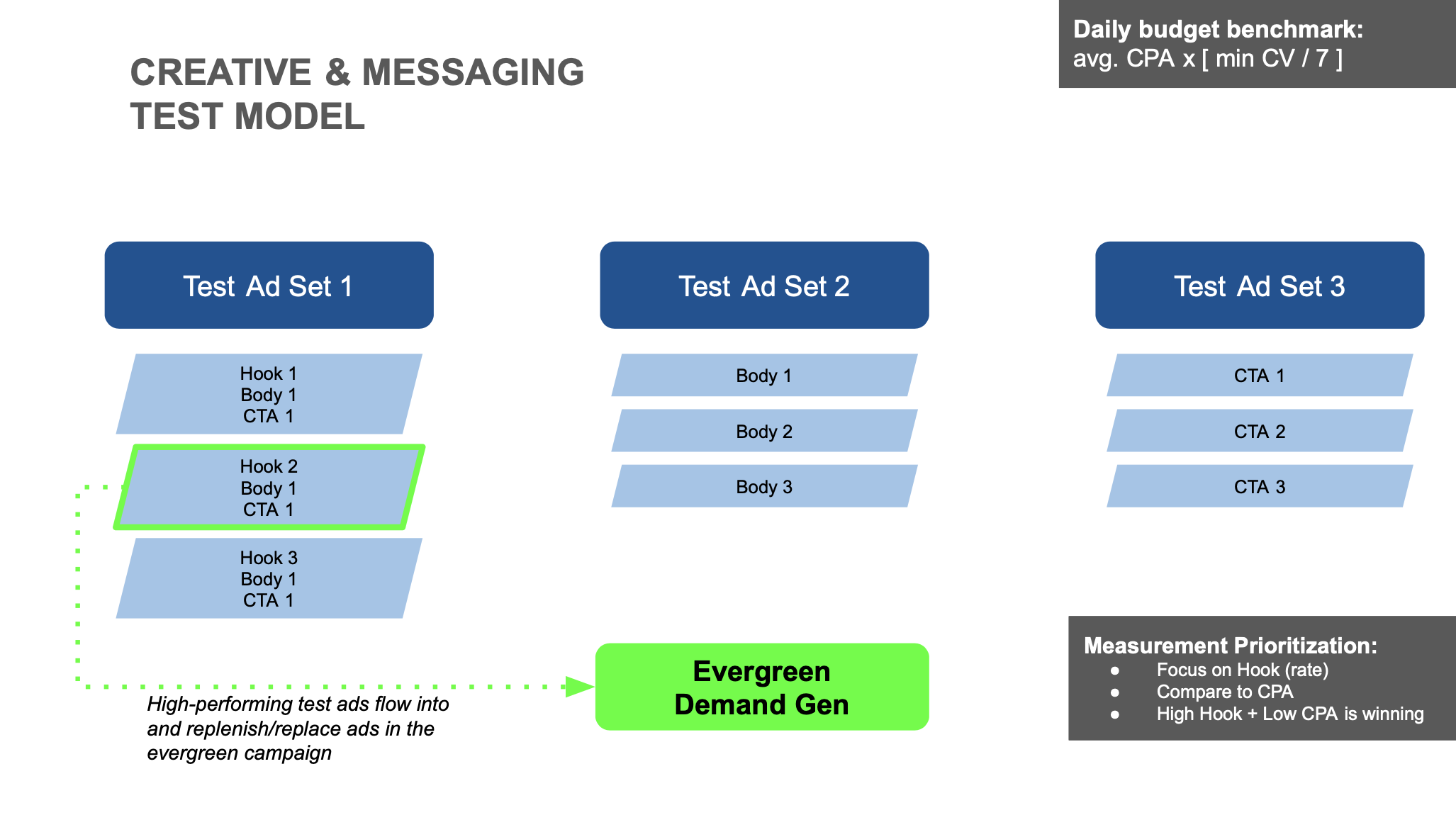Get In Gear: A Digital GTM Series (Episode IV)

This is not a political newsletter. At least not intentionally (I can’t promise it won’t slip in - I’m human 🤷🏼). However, it’s hard not to reflect on what’s happened in the past month. It feels consequential. And I know, that’s something you could say every Tuesday, basically.
Let’s talk about Joe Biden. It was pretty plain to see that something was going on. Yes, he’s always had a stutter. Sure, he’s always been gaffe-prone; the guy is a walking foot-in-mouth emoji. But what I saw on June 27th felt different. Something was wrong. The evidence was right there on the TV screen. In the ensuing weeks, the Biden administration and the President’s most ardent supporters did their best to convince us that no, we did not see what we saw. Or maybe said differently, we saw one bad anomaly but we were told, most of the rest of the time that’s not who Joe Biden is right now. We just need to trust the people surrounding him.
It was a hardcore attempt at persuasion. It did not work. It didn’t work because we could all see what was happening with our eyes. We had an instinct. What we saw confirmed it. Then we were told not to believe what our instincts and our experience told us. I believe that only reinforced our perception. I think I read something vaguely familiar to this somewhere once upon a time…
Fight or GTFO
Instinct is powerful. Fight or flight. It’s coded into us at a very basic level. That means it’s also very hard to ignore. We need really good reasons to do so. We need to be persuaded to think differently. Marketing today is too focused on persuasion and not focused enough on instinct. This is vital to understand when developing a go-to-market plan. If a brand focuses too much on persuasion and not enough on imprinting into someone’s instincts, it will likely experience a result opposite to its goals. When I say imprint, I mean connecting in a resonant way with someone’s instincts.
This is what emotional resonance means - tapping into someone’s belief system, their core. Think of the sound of a rattlesnake’s rattle. Or the sight of a shark fin in dark, deep water. Think of a loved one’s smile. Or the sound of your child laughing. These are things that imprint on us. It catalyzes our instinct. A good go-to-market plan focuses on imprinting. It triggers emotional resonance with people that catalyzes them to want to know more. It doesn’t make an argument, it makes a statement.

It Starts With Audience
Nowadays I see too many folks in Marketing thinking that their choices to develop a plan with a binary decision: focus on targeting as many people as possible, or focus on a current core customer base. Both are wrong. You should be targeting at three levels: 1. People who have a need or desire that your product/service meets. 2. People who are already shopping in your brand’s category. 3. People who currently buy or have nearly bought your product/service. The first layer is where a lot of folks trip up. While I agree with the thrust of Byron Sharp’s ‘light buyers’ thesis, I don’t think it should be taken literally. Not everyone available for you to reach is interested in your product. Start with the most likely groups of people. How do you establish that? I use a LISTEN, LEAN and LEVERAGE approach:
- LISTEN across various channels to understand what audiences care about, why they care, where and how they congregate.
- LEAN into these arenas with a sharp testing model to gauge whether and how your brand can inject itself with relevance.
- LEVERAGE your learnings to build a full-scale, broad-but-focused channel mix to drive your plan.
Take Testing Seriously
If I may remix a classic film phrase, you need to always be testing. Always. Constantly. Don’t ever stop. Seriously. I don’t care if your brand is a hundred years old or a hundred days old. You can never test enough. You’d be silly not to… I mean, we live in an algorithmic world. There is an evergreen opportunity for rapid learning. And it doesn’t need to be rocket science, either. Here’s a framework that I like:

It’s pretty straightforward. You take your primary KPI, and you build an average daily budget from a performance baseline you need to see. Let’s say 100 conversions are the threshold and your average CPA is $10:
$10 x [100 / 7] = $143 average daily budget.
For about $1,000 a week, you can test and refine. Use the framework above and in three to six weeks you’ll have at least three variations of your message to put into the marketplace that are proven winners. This is how you can successfully balance imprinting with variance in the marketplace to avoid burnout. If you can build a set of messages that are familiar but distinct, that’ll trump a unique message every time.
Balance Scale With Insight
Some folks might say, “Don’t try to eat the elephant in one bite.” (Uh, why are we eating elephants!?) I like to say, “Log your water.” A few months ago my wife got into a serious nutrition regimen. I began to take nutrition more seriously. I am generally a healthy eater, but I began to try and log my macros. It was exhausting. I gave up in about three weeks. Now, I just log my water and my caffeine. I am keeping a simple, sharp record of core goals I have - hydrate and reduce caffeine. 💦 You need to balance scale with insight. Generating massive reach of having a multi-channel plan that cuts across multiple mediums only works if you can understand what is working, and what is not. Start small and sharpen. Get a few core channels working efficiently, then test into new territory. Never starve what’s working for the sake of what might.
Don’t Be Afraid to Pivot
Admit that you don’t know what you don’t know. (I know, it’s a mouthful 😵💫.) You can have a solid understanding of your audiences and their communities. You can do smart testing, and implement a balanced channel mix. And it can still go haywire. Because life happens. Culture doesn’t care about your plan. So be prepared for potential pivots. Embrace it, don’t resist it. If the data tells you that people are connecting with your brand, that’s the time to use your instincts and dig in to find another pathway.
Next week we’ll take a look at forecasting growth into the future. We’ll dig into trends and topics that could be a gateway to understanding how to build growth in a future-proof fashion. Same bat-time, same bat-channel. Until then, keep on grinding… ✌🏻⚡️🔥




